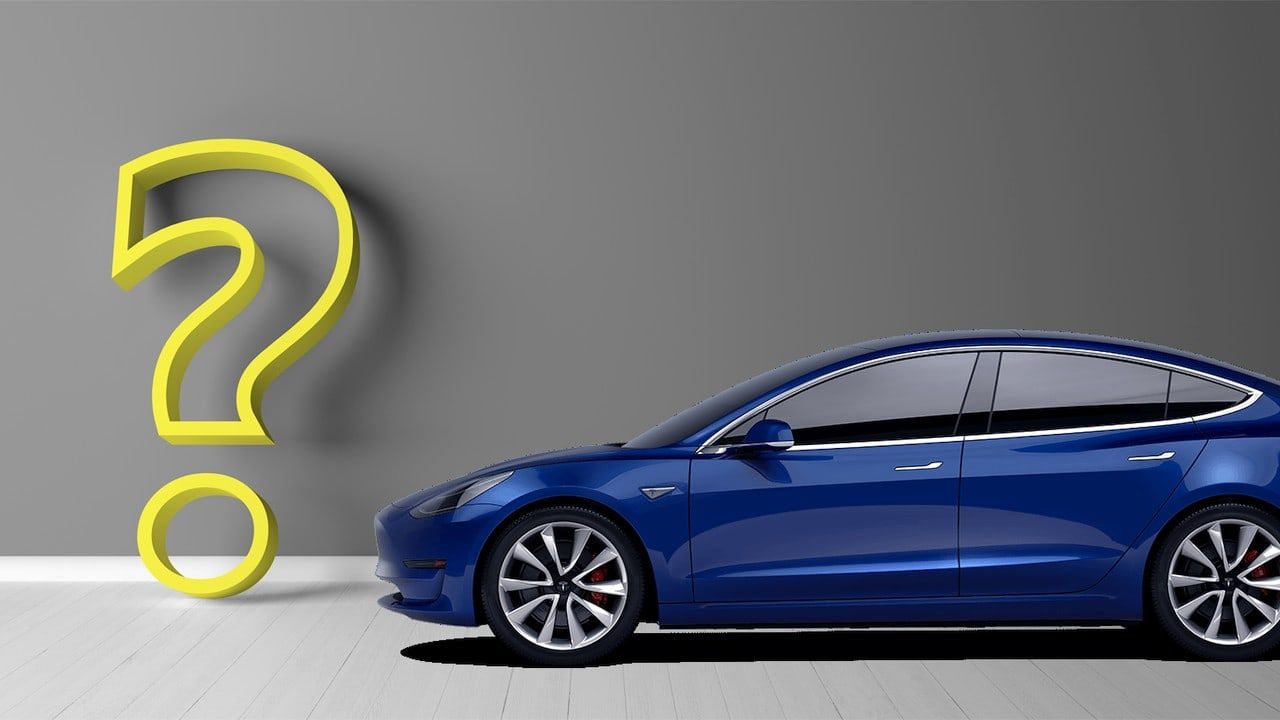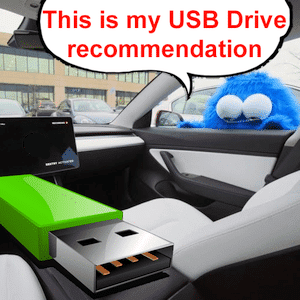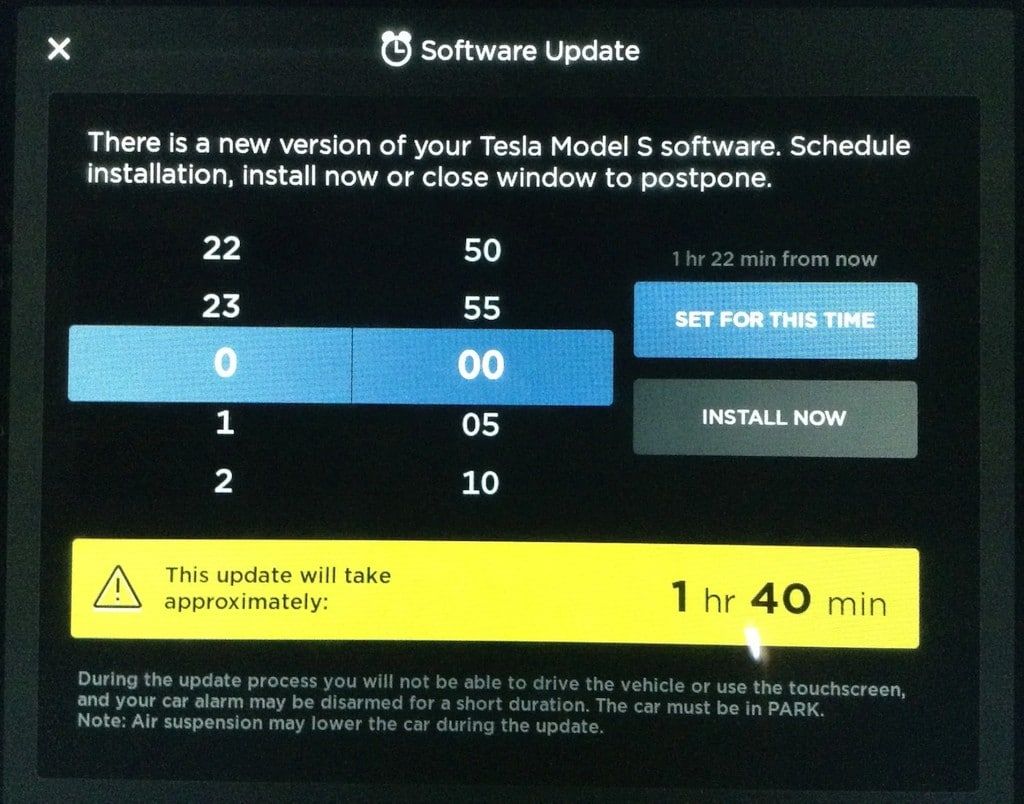Satisfaction with your vehicle is actually the most important thing. That’s why I think a Tesla isn’t necessarily suitable for everyone and that you should definitely take a closer look before buying an electric car. There are some things that work “a little differently” in a Tesla than you might be used to as the owner of a gasoline or diesel car. And the company Tesla itself ticks differently, after all, it is a US tech company and not a classic car manufacturer. This post explains what you might have to be prepared for as a Tesla owner.
Model 3 2017-2020 (Smooth Basin Only) Premium Custom Fit Cargo Liner (NOT for 2021 Model/Beaded Basin)
Shop for more Tesla Accessories here!
Tesla undoubtedly polarizes society. For some, the electric vehicles and concepts of the American manufacturer are the epitome of progress and the future of mobility. Others view this rapid development with skepticism, and sometimes with a certain envy. After all, the topic of cars is associated with a certain brand love and often also pride in the traditional engineering achievements of manufacturing with internal combustion engines.
It is with this mindset and bias that the first hurdles begin. If you don’t get rid of this negative distrust and look at the technology independently of WHO developed it, you are guaranteed to face annoyance. This often comes to light, for example, in the meticulous search for excessively large gaps, which, strangely enough, would not be criticized at all in vehicles from other manufacturers. However, if one succeeds in comparing the differences of a Tesla soberly and impartially with the characteristics of the vehicles driven so far, the first step has already been taken and there is one less big hurdle in the way of electric driving.
The following aspects, however, are things you don’t learn at first glance and with a test drive. You practically have to “experience” them first. And unfortunately, most of them only do that after the purchase. But in my opinion, these things are very essential and therefore decisive for whether you can be satisfied with a Tesla in the long run.
The power of habit
Most people like habits. But what does that have to do with Tesla? Tesla ticks differently as a company than traditional car manufacturers. Tesla is actually a tech company that solves as many things as possible using software. Hence, the clean cockpits of the vehicles with as few buttons as possible. This approach allows for constant revision of all controls. For example, software updates often add some new buttons to the settings, or they are moved to a different menu and perhaps even renamed. Every few years, the entire design of the user interfaces also changes with a major update. It feels about the same as with cell phones. Everything is constantly changing. So if you like to find everything in your car as it was on the first day, even years later, you should think twice about whether a Tesla is the right choice.
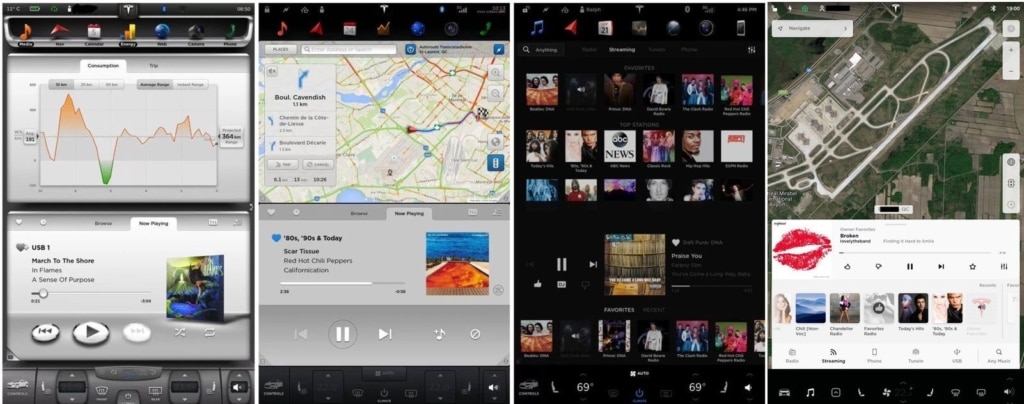
In this context, it should also be mentioned that relatively little can be configured individually. It is similar to the Apple iPhone. Most settings can only be turned on or off and do not allow much individuality. Even some trivial things, which have been available from other manufacturers for years, are still missing from Tesla. For example, speed sensitive volume of the music playback or importing point of interests, intermediate destinations and alternative route suggestions in the navigation system (yes, there are actually no intermediate destinations in the navigation system of a Tesla in 2021).
Other examples include:
- When it comes to sentry mode in Europe, we always hear about discussions regarding data privacy, that such recordings are made in public. Many Tesla drivers suggest simply leaving the display off in sentry mode so that no indication of the video recordings is visible. Unfortunately, Tesla does not offer this option.
- Also, the recording time is not adjustable for a sentry mode incident and is always set to 10 minutes.
- When the car is preheated via the app, the air conditioning settings change every time.
- The numerous notification tones for the autopilot, and other alarms cannot be set much quieter, nor can they be turned off. They do get a bit quieter via “Joe Mode”, but they are still quite loud. There is no other option.
These are small details that may sound petty. But for some they can be annoying and such things cannot be changed. You have to get used to things being the way they are. And honestly: even if you don’t believe it, I don’t miss intermediate goals. There would be alternative tricks, like the Abetterrouteplanner on the cell phone or the car’s web browser. But actually, I never need them. So, you can definitely get used to it. 🙂
Bananas ripen at customer
Nowadays, software is developed in individual work stages (so-called “sprints”), a product functionality is supplemented or improved. Therefore, a software is actually never finished. There are constantly innovations and improvements, but also new bugs, which in turn have to be fixed with new software updates. The new updates thus practically “mature” at the customer’s site, since errors are sometimes only discovered in practical application.
Most conventional car manufacturers have not yet had the opportunity to install new software updates on their vehicles in such rapid cycles, as the vehicle has to be in service for this. At Tesla, software updates are distributed “over the air” via Wi-Fi and mobile network. The vehicles receive an update approximately every six to eight weeks. Tesla can therefore bring new functions to the customer much faster and also resolve problems much faster. The side effect of this: small and large software problems can always occur on customer vehicles.
As a Tesla driver, you have to accept that software updates can cause new problems and that some of these problems last several weeks before they are solved. At the beginning of 2021, charging at non-Tesla CCS charging stations no longer worked after an update. Fortunately, it only took a few days to fix it with a new software patch. Of course, not all vehicles were affected, as an update is never installed on all vehicles at the same time. However, for the customers it did affect, the problem could have been annoying, depending on the situation.
Do I think this is bad? I think one can live with it because I actually like that my car keeps getting better and getting new features for free. To make things a bit easier, you have the possibility to get software updates later by selecting the option “Standard” in the vehicle settings under “Software”. This way, you are not among the first to receive a new update, and you might be lucky that a faulty update rollout has already been stopped before the update in question has been installed on your vehicle.
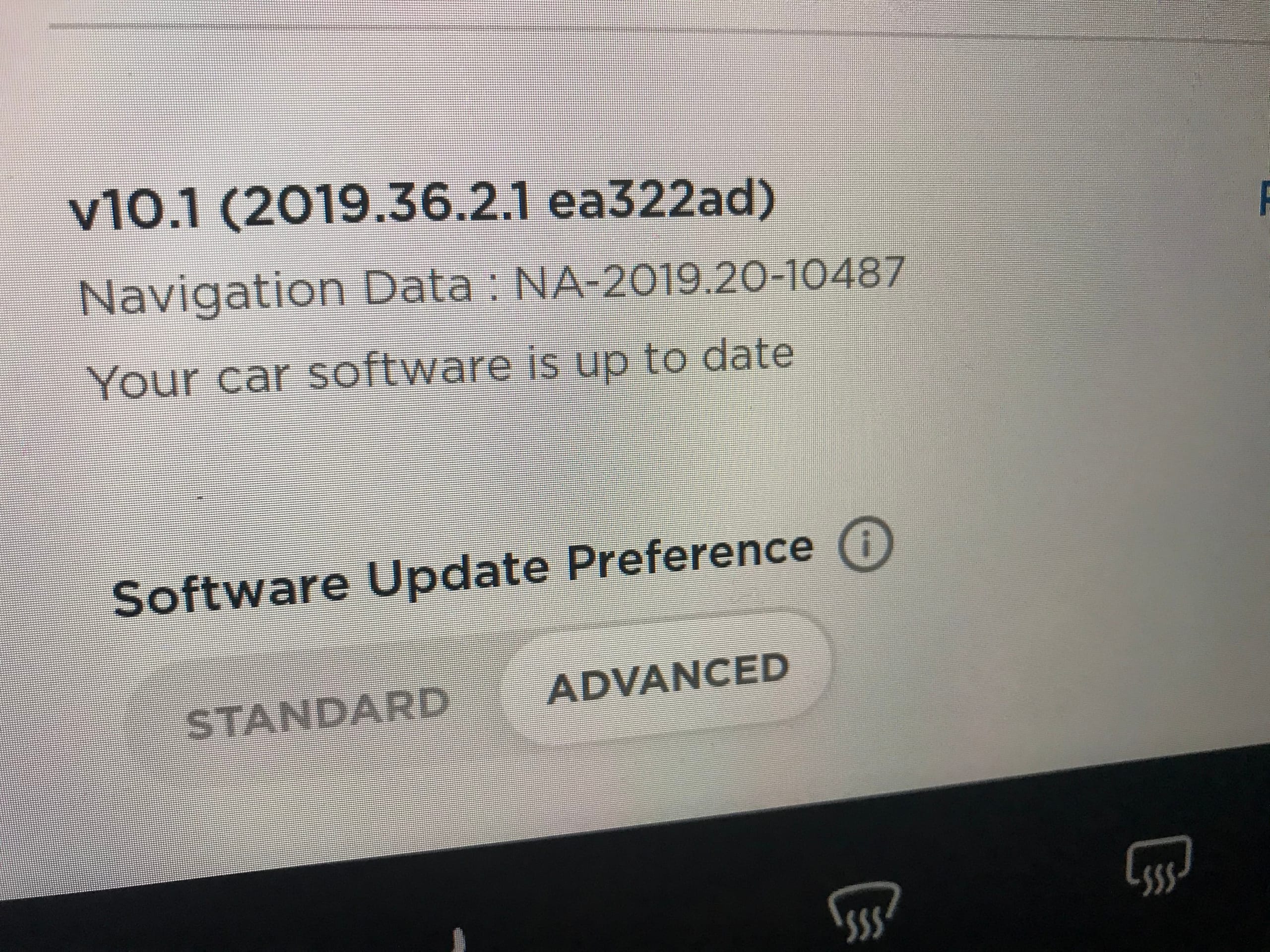
“Elon Time”
Tesla fans somewhat sarcastically use the term “Elon Time” to refer to the promised time horizons and dates that Elon Musk uses when he announces new products. The term was created because it has already happened several times in the past that announced dates had to be pushed further and further into the future.
As early as October 2016, for example, Elon Musk announced that by the end of 2017 at the latest, a Tesla vehicle would be driving across the U.S. “without a single human intervention”. The date was later postponed again and again, and meanwhile autonomous drives between San Francisco and Los Angeles are known, although they were not carried out by Tesla itself.
One should therefore be cautious about announcements and dates for the introduction of new products or functions. Those who rely too heavily on this may be disappointed.
One should also be careful with expectations regarding the perfection of new features. Tesla solves the automatic windshield wiper and the automatic high beam using software by analyzing camera images with its software AI solution. These two functions were not really usable in the first versions. As mentioned before, this has to do with the way Tesla develops software. So, you have to give things time. Most of the time, it takes longer than Elon Musk announced.
Service centers are not available in every city
The quality of the service centers is also polarizing. We read about customers who are totally thrilled. For others, the Tesla service is downright horrible. How does that fit together? I think it probably also has to do with different levels of expectation. In addition, depending on the Tesla employees, not every service center is equally “good”.
As a relatively new car manufacturer, Tesla has the disadvantage that it does not yet have such a dense network of service centers. These are also not operated in the model of a dealer network, as is the case with other car brands. The Tesla Service Centers are all locations operated by Tesla itself. Tesla compensates for the lower density of locations with mobile service technicians, who can also perform many of the repairs directly at the customer’s site.
Nevertheless, depending on where you live, Tesla drivers have to be prepared for the fact that the nearest dealer and service location can be a hundred kilometers or more away. Of course, this situation will continuously improve in the coming years. (See current Tesla locations)
Communication with the service center also runs differently at Tesla than one is used to from other manufacturers. Appointments are booked exclusively via the cell phone app, and communication also takes place almost exclusively via app and text messages. For example, you confirm the cost estimate for a repair directly in the app or are informed via text message when the vehicle is ready to be picked up.
For me, this simplification of communication is practical, but it’s probably not everyone’s cup of tea.
The quality of workmanship is a lottery
Another issue is the build quality of the vehicles. Gaps, protruding edges and poorly aligned components are often criticized. Even though this topic is very subjective, I have to agree with the many critics and I don’t attach much importance to this gap story myself. Many Tesla vehicles are simply not flawlessly processed. Meanwhile, it is even so that many buyers come with long checklists to the vehicle pickup and, in the panic to overlook something, actually bring themselves around the experience and the joy of a new car.
Another problem is the paint quality. Reports about paint damage on the Model 3 after using car washes or high-pressure cleaners are piling up on the Internet. Of course, Tesla will repair these damages under warranty, but this frequently mentioned problem does leave a bad taste in the mouth.
It is and remains a bit of a lottery whether you are lucky and your car is really delivered in top condition. Of course, improvements can be made at the service center. But honestly, you spend so much money on a car, can’t you expect everything to be excellent quality? Studies also show that Tesla is still not at the level of quality that many would like to see. At least things seem to be getting better with the Model 3 from Chinese production. These are obviously much better manufactured than their counterparts from the USA. It remains exciting how the quality of the vehicles from the Gigafactory Berlin will be.
A Tesla is rarely perfect, but usually good. The Models from China are almost always good. If small defects and their subsequent elimination are too much for you, you shouldn’t buy a Tesla. You buy it for other reasons.
External charging should be well considered
I know this feeling myself: You start to get interested in Tesla, maybe you’ve already taken a test drive, and afterwards you’re so excited that you absolutely want such a vehicle. The fact that there is no possibility for a charging station or power source at home can then become a big hurdle to your dream of a Tesla. Some people then decide to buy a Tesla anyway and simply charge externally at the Supercharger, while shopping, or at the gym, etc.
I recommend anyone who does not have a charging option at home to clarify and try out exactly what external charging means for their everyday life. Depending on the situation and the time of year, the additional time required is considerable, and what is considered a trivial additional expense at the beginning can quickly become a tedious necessity. In winter, driving quickly to the Supercharger nearby and charging at full throttle doesn’t work because of the cold battery.
Not being able to charge at home at all can be done. But it’s usually not ideal. And if you go for it, you should definitely buy a Tesla with a slightly larger battery.
So, it’s better not to buy a Tesla after all?
Of course, many of these arguments are subjective and do not apply to everyone. You also have to remember that ultimately most Tesla drivers are very satisfied with their vehicle. There are many little things that are annoying. But in the overall package, I still really like driving a Tesla.
So, a Tesla is clearly still my favorite when it comes to mobility with my car. The size, ease of use and reliability of the Supercharger network is important to me personally when it comes to electric cars. That’s where the competitors are still several years behind Tesla. The technological progress in terms of range and efficiency is slowly getting smaller but for me, even at the current time, a Tesla would be the first choice. My Model S is the best car I’ve ever had.
Only when buying a small car could Tesla not really score with me lacking a suitable model. But fortunately, the competitors already have great models on offer and maybe this one will soon become the second electric car in our household. 🙂
My USB Flash Drive recommendations for Sentry Mode and Dashcam:

